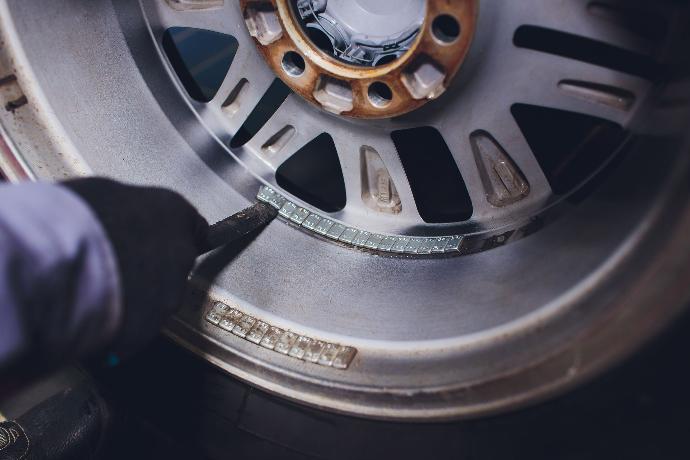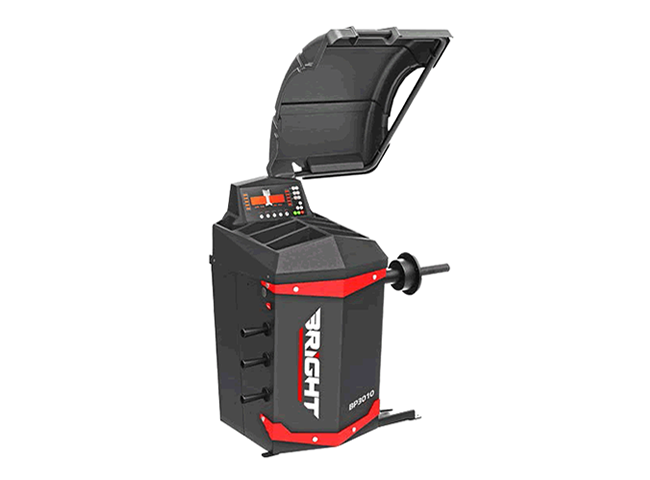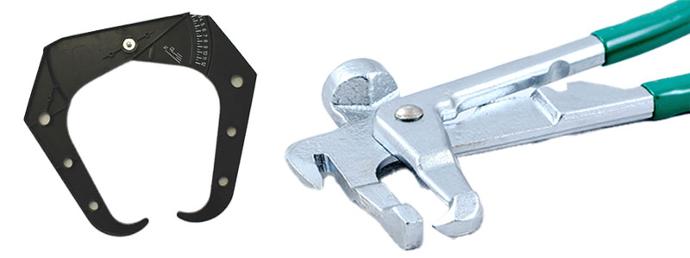Wheel balancing is a crucial maintenance task for your car or truck. Balancing tyres is to correct any imbalances that could lead to problems like vibration, uneven tyre wear, and even damage to your vehicle's suspension.
By ensuring that your wheels are balanced, you can enjoy a smoother and more comfortable ride. Plus, it can also improve fuel efficiency and extend the lifespan of your vehicle.
All vehicles that travel on the open roads including passenger vehicles, motorcycles, trucks, and buses - essentially, any vehicle that moves at high speed should have their wheels balanced.
Agricultural and earthmoving equipment that do not move at high speed, do not normally require balancing.
In this article, we will explore the importance of wheel balancing and the steps involved in the process. We will also recommend the best products to use and give you the best options for balancing tyres. The weight distribution of a wheel and tyre is never completely uniform.

Even a new tyre has slight weight variations around its circumference. When a vehicle is in motion, even slight weight variations can cause a significant outward force imbalance, leading to irregular spinning of the wheel and tyre assembly.
Various factors can cause tyres to go out of balance, including manufacturing discrepancies of tyres and wheels, impacts from hitting hard objects like pavements or potholes, and poor road conditions leading to damaged or bent rims.
In addition, normal wear and tear on a vehicle's suspension and steering components, such as shocks, struts, tie rods, and ball joints, can also contribute to imbalanced wheels.
Symptoms of unbalanced tyres include uncomfortable vibrations in the steering wheel, uneven wear on tyres, a pulling sensation to one side while driving, and potentially, damage to the vehicle's suspension.
Continuing to drive with unbalanced wheels can also impair the stability and safety of the vehicle, as well as decrease its performance and fuel efficiency.
The three basic times when balancing should be done.
- When a tyre is replaced or repaired.
- When a balance weight is moved or falls off.
- When new tyres are purchased.
Tyre Professionals use specialised tools for balancing tyres. Wheel balancing machines are quite sophisticated and do all the calculations to get the wheel perfectly balanced. It may look simple, but there is a lot of science behind it.
Other tools needed for the job are the wheel weight plier and rim width callipers.
For truck tyre balancing the same principles apply, but the equipment is scaled up for truck tyres. Generally, trailer tyres are not balanced, only the drivetrain tyres.
The benefits of balancing tyres over the long run, mean increased safety and stability while driving, improved performance and fuel efficiency, and prolonged lifespan of tyres and other vehicle components.
Schedule wheel rotation and balancing at 15,000km intervals, or:
- Whenever you fit new tyres on your vehicle
- With every tyre rotation
- When you hit a hard object with enough impact
- When you repair a flat tyre
- When you notice uneven tyre wear
- When you feel steering or seat and floor vibration
We recommend that you get your balancing done by a tyre professional. There is a lot more to balancing a tyre, you want to ensure that the tyre is fitted properly, and the bead is seated correctly.
Also, the tyre must be pumped to the recommended pressure before balancing. A tyre shop has all the correct equipment, not just the wheel balancer to get the job done!
Fleet and truck owners can do this in their workshops provided they have the right equipment.
High-quality wheel weights make a difference! Our CAC wheel weights are specially formulated to snugly conform to the wheel rim and high-quality spring steel clips ensure they don’t come off.

There are alternatives to traditional wheel balancing with external wheel weights, balancing beads are highly accurate self-adjusting beads that are put into the tyre before mounting.
Internal balancing beads offer a great alternative to wheel weights and are becoming increasingly popular for large fleet owners, and trucking companies. You can purchase balancing beads from us and get your local tyre professional to install them for you.
If you want to learn more about the benefits of balancing beads, click here.

